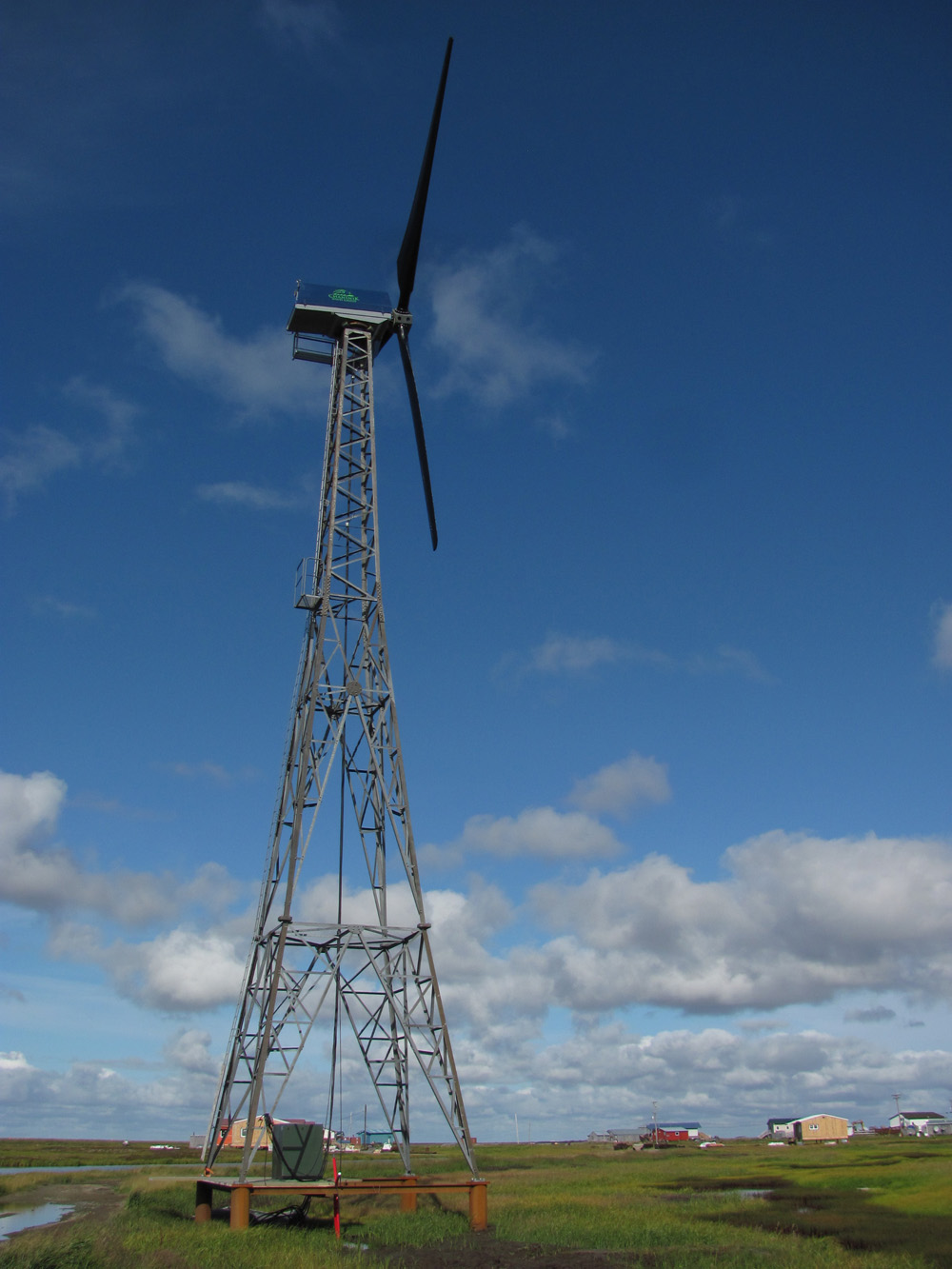ACEP At Work: Emerging Energy Technology Fund Project Update

Project Description: The Emerging Energy Technology Fund (EETF), is administered by the Alaska Energy Authority and financed by appropriations from the state legislature and contributions from other sources such as the Denali Commission. The program seeks to demonstrate alternative and renewable energy technology options for Alaska in the pre-commercial stage.
The Alaska Center for Energy and Power (ACEP) is leading data collection efforts for the EETF. ACEP works with selected projects to identify critical performance data for collection, management, and dissemination. Data, analysis, and lessons learned will be compiled and made public upon project completion. This information will provide the public, energy technology industry, and government with the insight and lessons learned needed to accelerate the development of energy solutions for Alaska.
Sixteen projects were selected for funding under the first round of the EETF program. These projects began in 2013. ACEP oversees data collection activities for the projects, providing a range of support functions including technical assistance, instrumentation specification and installation, data collection system programming and commissioning.
Progress Update: ACEP’s Research Professional Chris Pike traveled to the villages of Kwigillingok and Tuntutuliak on Monday and Tuesday (1/20-1/21) as part of his work on the Emerging Energy Technology Fund (EETF). (Both of the villages mentioned have projects occurring that are funded through the EETF program.)
In Kwigillingok, Intelligent Energy Systems (IES) has been attempting to demonstrate the use of smart invertors and high performance vehicle-format lithium ion batteries to provide short term energy storage in the Kwigillingok High Penetration Wind System. The specific objective is to test and demonstrate the extent to which power management methods can be used to optimize lithium ion battery deployment economics while retaining performance characteristics over high penetration wind operating cycles. The project will also evaluate the relative economics of lithium ion battery storage in wind diesel systems. The various components are currently being installed for this project with commissioning expected later this winter. During his visit, Chris will be getting a firsthand look at the system and learning about the data collection systems that they will be using.
In Tuntutuliak, IES is attempting to increase the wind penetration and supplement home heating through the use of electric heaters as a way to provide grid stability. Chris will be getting an update on the data collection activities that have been carried out to date and taking a look at the initial heating unit installations.
Project Lead: Jason Meyers, Emerging Energy Technology Program Manager, Jason.meyer@alaska.edu
Project Engineer: Chris Pike, Research Professional
Project Funding: Alaska Energy Authority
Photo Caption: Wind turbine installed at Kwigillingok.
Photo courtesy of Alaska Energy Authority via www.akenergyauthority.org.


